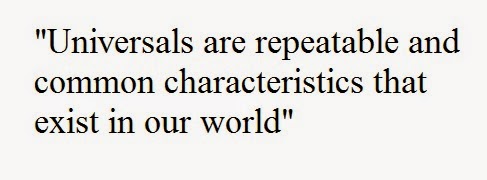The Federal Deficit shrunk in 2014 by $170 billion according to the Congressional Budget Office. The report also argues
that future problems with budgets may occur if federal laws relating to taxes and
spending remain unchanged. The next few years look bright for the federal
deficit and the labor market which will lose some slack as higher corporate profits push for expansion and the rehiring unemployed workers. The positive news comes with significant long-term risks where proactive solutions are needed.
A 15% increase in spending on Medicaid and a 5% increase
in Social Security are putting pressure on the budget. Revenue is
expected to increase 6% for individual income tax, 8% for payroll tax and 15%
for corporate taxes to help release some that budget pressure. The increased revenue and high costs will have an impact on spending priorities.
Federal deficit held by the public will increase to 74%
which is the highest since 1950. Additional debt held by the
public will rise in 2018 irritating higher interest payments and other financial obligations. The
higher debt will likely force large buyers of government debt to start raising
interest rates thereby making the debt more costly and a greater burden to the nation.
The actual report provides a stronger overview of debt in
America and the recent improvements in economic development. Government should seek to find ways to simplify the tax structure and reduce the complexity that hinders
investment in the country. Simplicity allows companies to make predictions and calculations further into the future and this has an influence on choices of companies to invest here or somewhere else.
Government spending is also a problem as a number of
large programs create legacy costs that are difficult to maneuver around. Large fixed obligations reduce flexibility. Adjusting spending to shorter-term commitments and
renewing those commitments when necessary helps to create some flexibility in handling
debt while not locking down national resources.
Government is expensive and often not up-to-date in its
overall operations thereby wasting taxpayer money and resources. Adjusting the system upwards in
a way that improves efficiency, lowers fixed costs, improves infrastructure,
and enhances the lives of its citizens is beneficial. Such movement requires a
new way of thinking about government and its functionality.
The processes of stagnation and rapid change are just as common in government as they are in business. As costs rise, revenue flat lines and competitors improve all organizations are either forced to change or wither into irrelevancy. Proactive small changes today lead to bigger solutions tomorrow. What happens if public servants focus on effectiveness and efficiency? Effectiveness being successful solutions and efficiency defined as the most cost effective way of operating that solution.
Research has taught us that there are many ways the government can adjust its operations, internal incentives, processes, procedures, revenue and spending activities to create a more effective and cost efficient system. Tradition and resource seeking stakeholders that benefit from large government spending are often the main catalysts behind a failure to change when that change is needed.
The processes of stagnation and rapid change are just as common in government as they are in business. As costs rise, revenue flat lines and competitors improve all organizations are either forced to change or wither into irrelevancy. Proactive small changes today lead to bigger solutions tomorrow. What happens if public servants focus on effectiveness and efficiency? Effectiveness being successful solutions and efficiency defined as the most cost effective way of operating that solution.
Research has taught us that there are many ways the government can adjust its operations, internal incentives, processes, procedures, revenue and spending activities to create a more effective and cost efficient system. Tradition and resource seeking stakeholders that benefit from large government spending are often the main catalysts behind a failure to change when that change is needed.
In the corporate world, companies that continuously innovate to overcome hurdles are more successful than those who are stuck in tradition or ineffective structures. Proactive
management requires taking best practices from both research and governance
successes in other parts of the world and incorporating them into the larger
American model to push it to a higher level of functioning needed in modern markets. This cannot happen
unless open-mindedness and proactive thinking focuses on short and long-term
solutions. Starting to change when revenues are high and balancing the budget with cost reduction can thwart significant problems in the future. As improvement continues additional savings are found and applied to reduce the debt and further improvement in the operational functionality of government entities.
If you want to get a highlight on teamwork and the type of personalities that can work together read a blurb on teamwork research HERE
If you want to get a highlight on teamwork and the type of personalities that can work together read a blurb on teamwork research HERE


